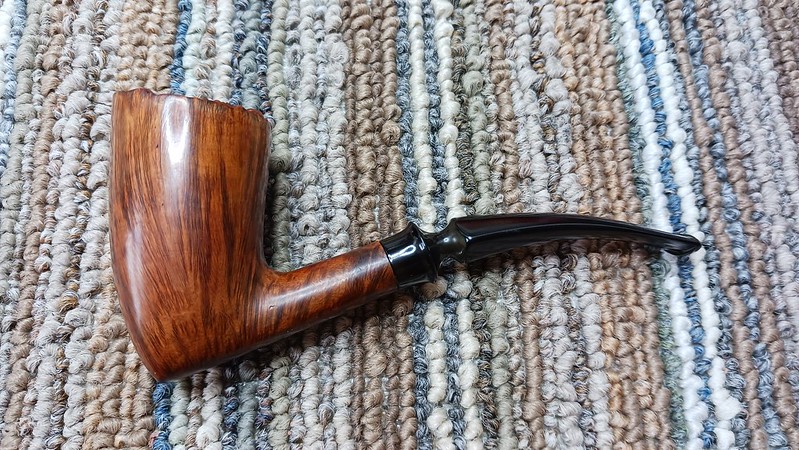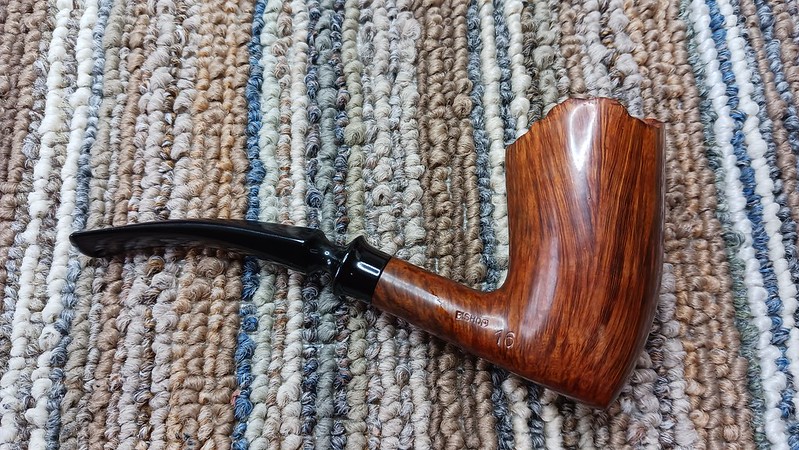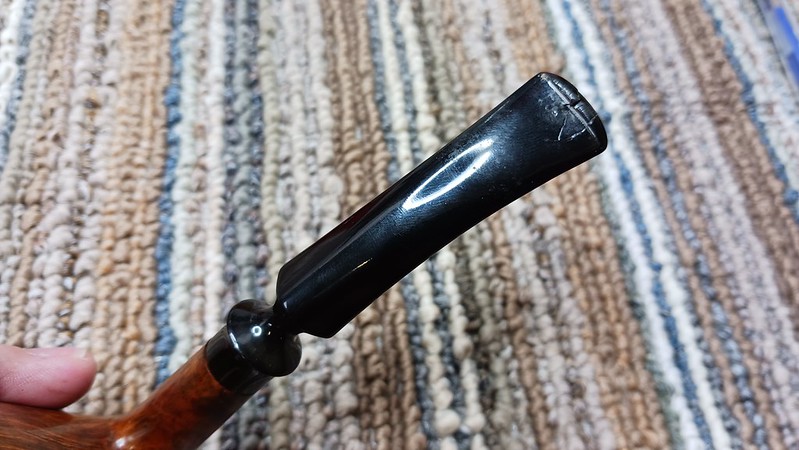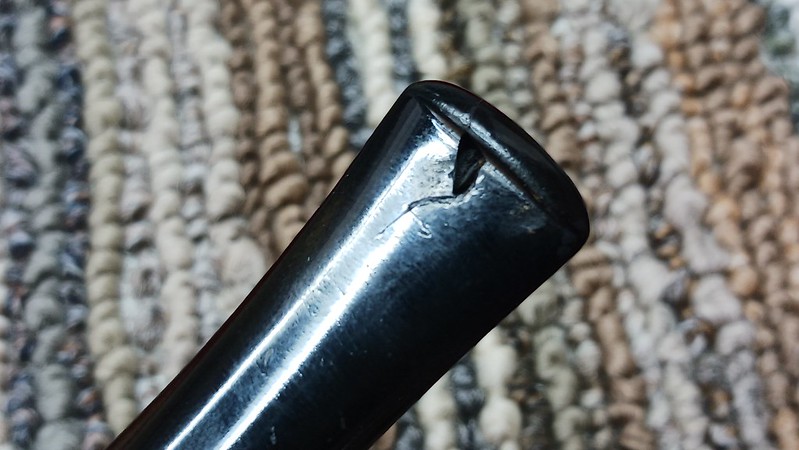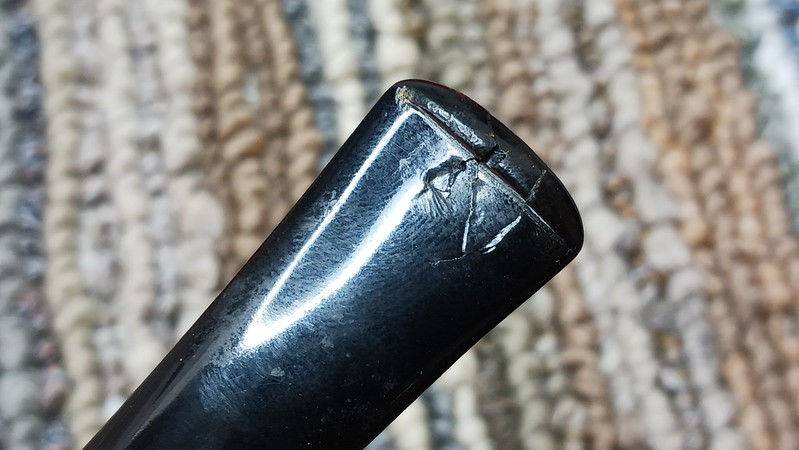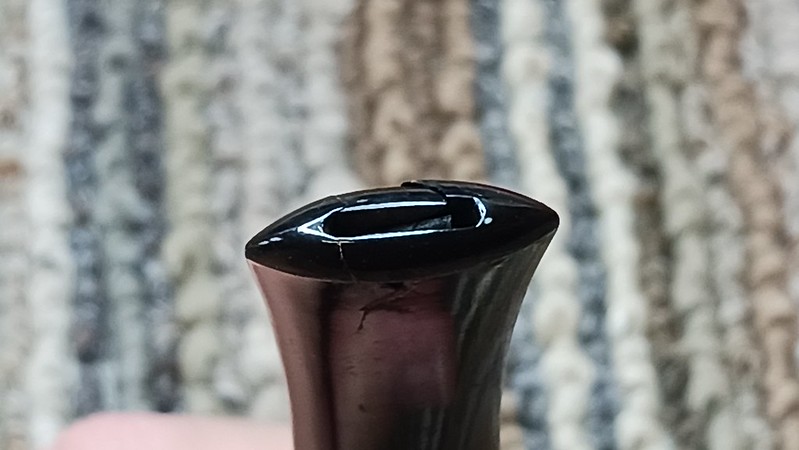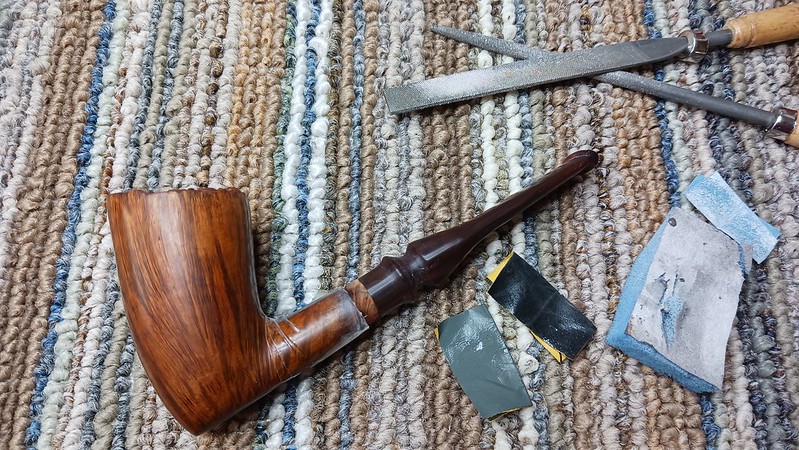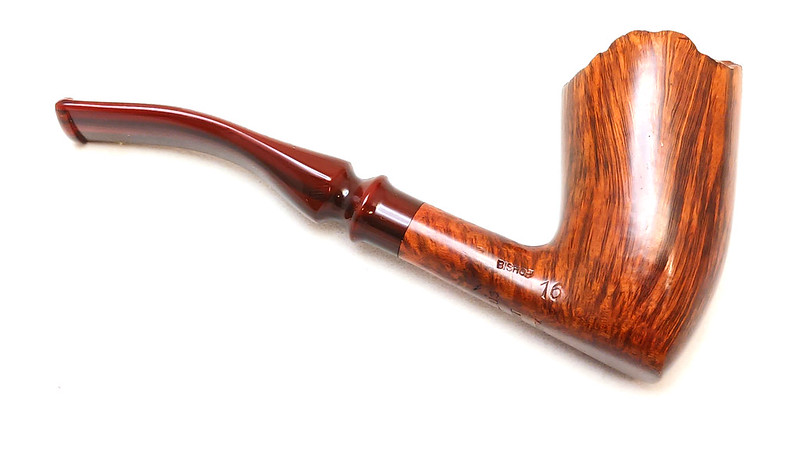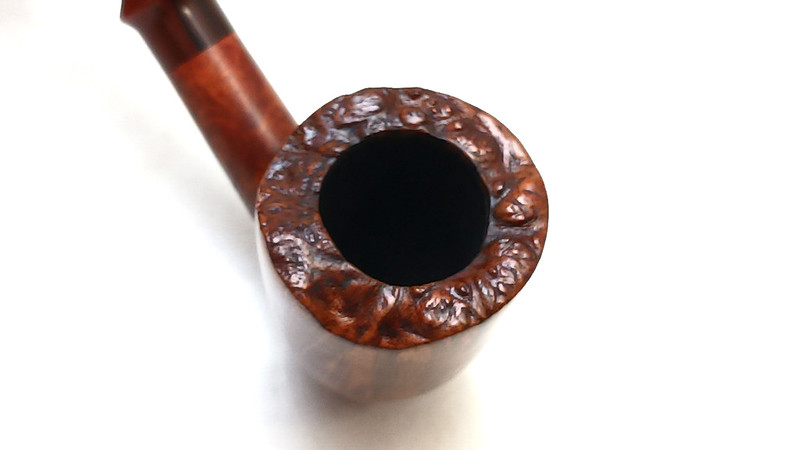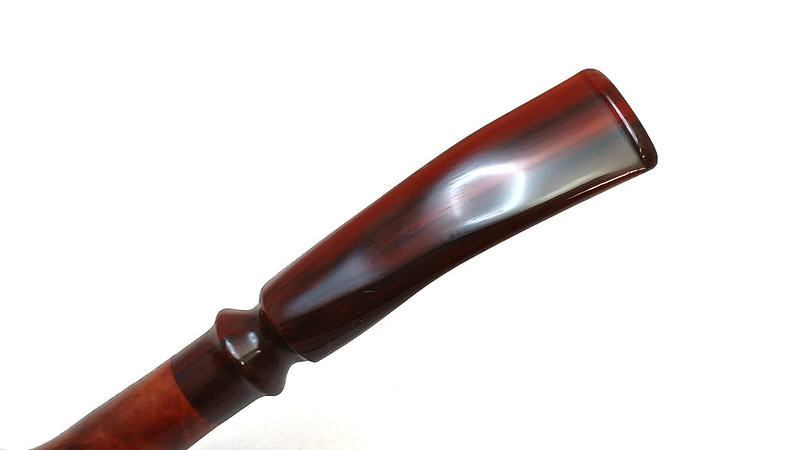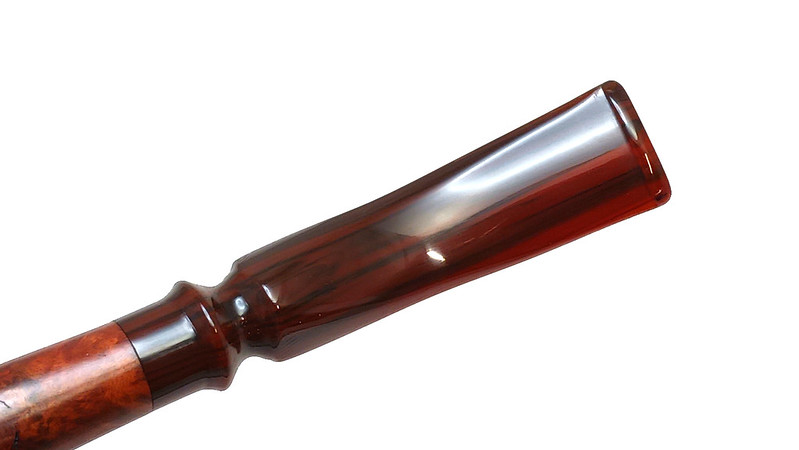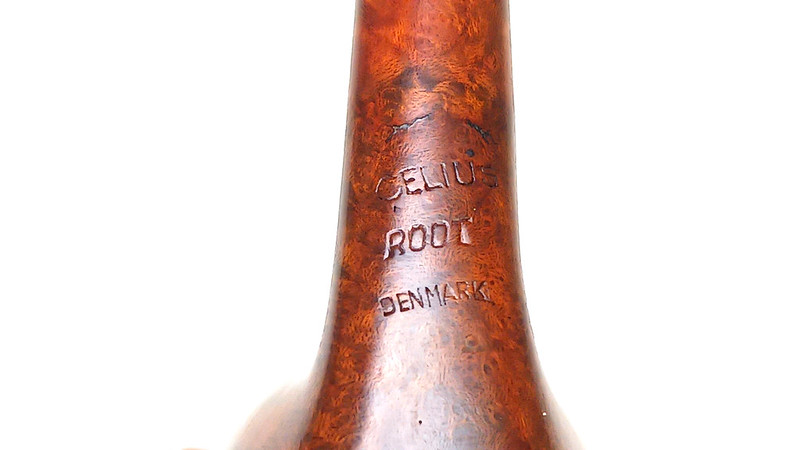Welcome to 2024, everyone! The move into a new year should be a time for looking forward to new experiences, new events, and better times ahead (or at least wishing a heartfelt good riddance to parts of the previous year we’d rather not repeat), so while I extend my best wishes to you for the year ahead, I also find myself waxing nostalgic about certain things I’d like to see again.
More specifically, as a pipe repairman, I really miss the previous availability of acrylic stem blanks. At the time of writing this post, there were only ten (10) acrylic stem options available – three Churchwardens, four Fancy stems for freehand pipes, two Round Taper stems and only one Round Saddle option.
The dearth of acrylic blanks has unfortunately pushed fitting a replacement stem from simple repair to semi-custom work, with a corresponding increase in shop hours and cost to the client. One such repair is today’s subject, a Celius Root Bishop pipe that arrived with its original stem cracked and broken. The pipe’s steward had specifically requested an acrylic stem be fitted to the pipe to provide a bit more longevity over the softer Vulcanite option.
This series of images shows the pipe as it looked on arrival at the shop. The stummel was in rather good condition; the pipe had obviously been cleaned prior to it being sent in for repair. It is a handsome Danish freehand shape with lovely vertical grain and a plateaux rim. The original stem, however, was pretty much done in, with cracks and punctures on both top and bottom of the bite zone near the button.
For those unfamiliar with the Celius brand, this article on Pipedia.org is a great starting point. This information about the Celius Chess line relates to the pipe on the table today:
Chess line: the most important group of Celius pipes. The grading of these typical Danish freehands is borrowed from the chess pieces: Pawn (sand-blasted), Rook, Knight, Bishop, Queen to King. Pipes, where the natural bark of the briar was left at the rim of the bowl, were called and additionally stamped “Root”. Furthermore these pipes had numbers from 1 to 31 (as far as known today). The numbers, we can take that for certain, denominate the shape. But please note that they surely have not the same binding character as the shape numbers of other manufacturers– they rather stand for a basic form, that was modified often.
– https://pipedia.org/wiki/Celius
As the pipe was already clean on arrival, I did not have to wade in with pipe cleaners and alcohol and could get directly to work crafting the new stem. An off-the-shelf stem blank was simply not available, so after some back and forth with the pipe’s steward, it was decided that I would modify an acrylic Cumberland Round Saddle stem blank to recreate the look of the original damaged Vulcanite bit. Here is the original stem set above the acrylic blank.
As one might imagine, the task required patience and some fiddling on the lathe. I failed to take pictures during the initial turning of the stem blank, but the lathe was used to cut the capped saddle and wasp waist profiles into the round saddle blank, after which I switched to hand tools. This pic shows the stem after cutting the tenon and roughing in the new shape with files and sandpaper.
I continued to refine the shape of the stem then wet-sanded the acrylic to 2000 grit in preparations for final polishing on the wheel. After adding just the right amount of bend to the stem, I brought the pipe to the buffer for a run on the Tripoli and White Diamond buffs. This smoothed out the remaining sanding scratches and brought the acrylic to a glass-like shine. A few light coats of Carnauba wax added lustre and UV protection to the briar as well.
The finished pipe is ready to be put back into regular use now that the broken stem has been replaced. It took extra time and effort to cut an appropriate shape from the rather generic acrylic stem blank, but it was definitely worth it to get this lovely Celius Root Bishop in tip-top shape again. I hope you agree.
Thanks for joining me for this inaugural estate pipe restoration of 2024. Until next time, Happy Piping! Here’s the finished pipe.


